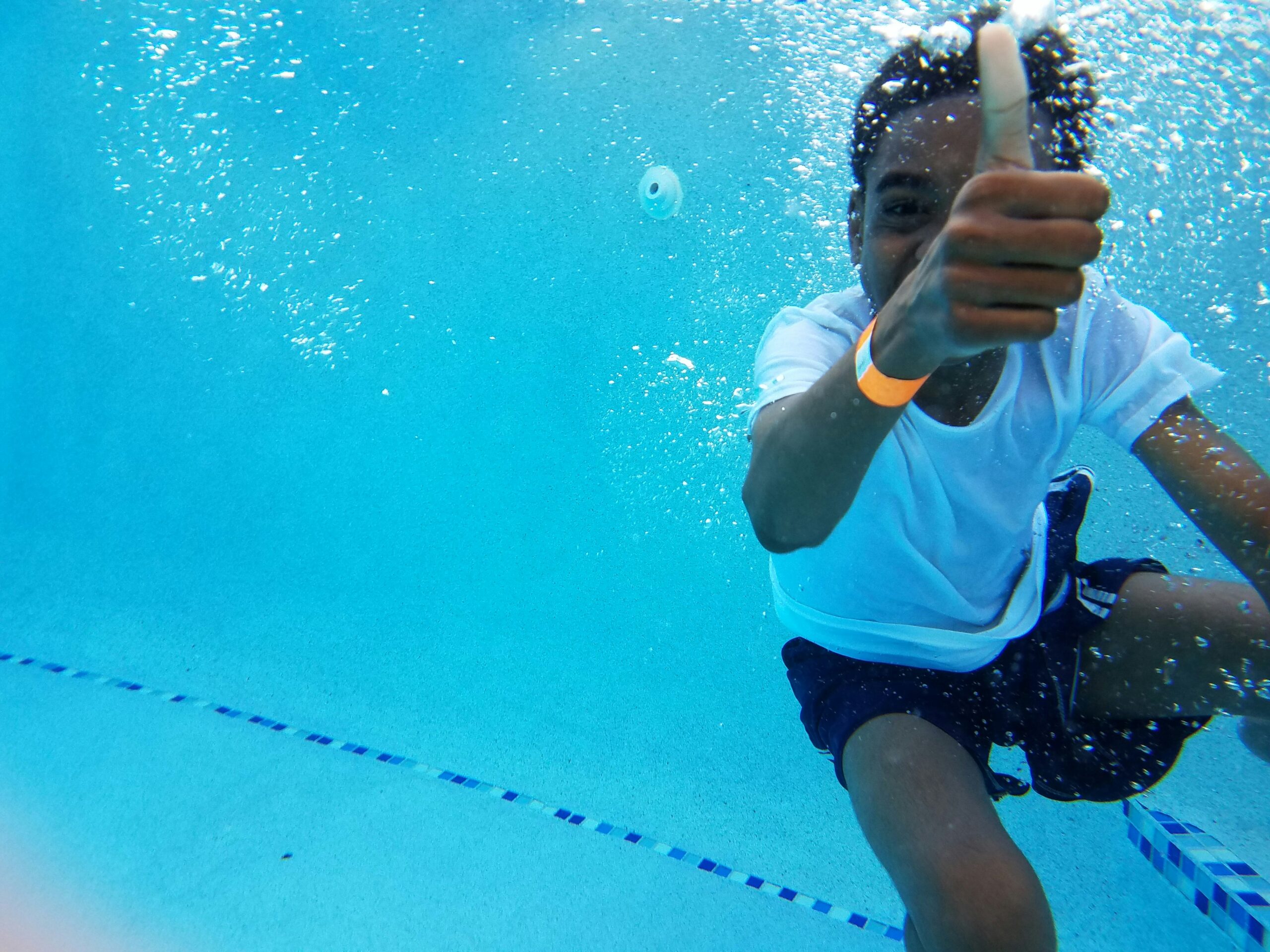Did you know? According to the CDC, more children ages 1-4 die from drowning than any other cause of death. Drowning is the second leading cause of unintentional injury death for children ages 5-14. Every year in the United States, there are over 4,000 unintentional drowning deaths.
How do we keep ourselves and others safe in the water?
Here are some important steps from the American Red Heart:
- Ensure every member of your family learns to swim so they at least achieve skills of water competency: able to enter the water, get a breath, stay afloat, change position, swim a distance then get out of the water safely.
- Employ layers of protection including barriers to prevent access to water, life jackets, and close supervision of children to prevent drowning.
- Know what to do in a water emergency – including how to help someone in trouble in the water safely, call for emergency help, and CPR. It only takes a moment. A child or weak swimmer can drown in the time it takes to reply to a text, check a fishing line, or apply sunscreen. Death and injury from drownings happen every day in home pools and hot tubs, at the beach, or in oceans, lakes, rivers and streams, bathtubs, and even buckets.
- Use layers of protection in and around water. Even if lifeguards are present, you (or another responsible adult) should stay with your children. Be a “water watcher” – provide close and constant attention to the children you are supervising; avoid distractions including cell phones.
- Teach children to always ask permission to go near water. Children, inexperienced swimmers, and all boaters should wear U.S. Coast Guard-approved life jackets.
- Take specific precautions for the water environment you are in, such as: fence pools and spas with adequate barriers, including four-sided fencing that separates the water from the house.
More water safety tips:
- Never swim alone – Always ensure a lifeguard and/or people are present.
- Know your limitations – Don’t push past your physical, medical, or other capabilities.
- Keep rescue equipment poolside to be used quickly in the case of an emergency.
- Understand and adjust for risks, such as shallow water and rip currents.
- Pay close attention to children or weak swimmers in your care or nearby surroundings.
In summary, drownings can be prevented. Be smart, be observant, and enjoy water activities without life-changing incidents.





One thought on “Water Safety: The Do’s and Do Not’s”